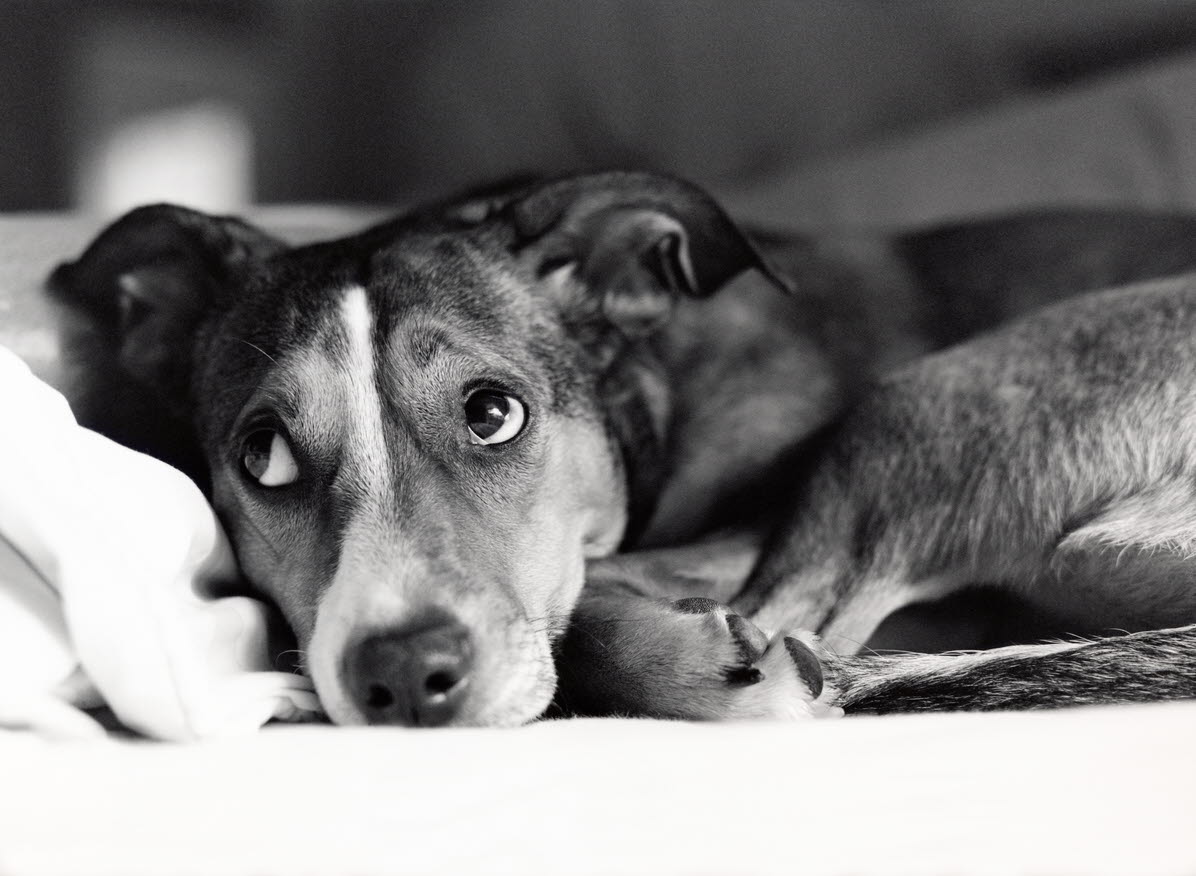What is leptospirosis?

Leptospirosis is a zoonotic bacterial disease, which means it affects both animals and humans. It is caused by Leptospira bacteria found specifically in infected animal urine and animal tissues. It may cause a range of symptoms in both humans and animals or none at all.
Without treatment, Leptospirosis may cause kidney damage, liver failure, meningitis, respiratory distress and, in extreme cases, death. The disease is more common in warmer climates but may occur anywhere. It is commonly spread through water contaminated with urine from infected animals.
Can humans get leptospirosis?
Yes, humans can contract leptospirosis. It is easily transmissible through cuts or abrasions on the skin or through mucous membranes in the mouth, nose and eyes.
Often water, soil or mud contaminated with urine from infected animals is the most common cause of transmission. Some recreational activities (gardening, camping, water sports) or occupations (veterinarians, farmers, abattoir workers) that involve frequent contact with animals or water are at higher risk of infection.
How is leptospirosis spread?
Dogs are commonly affected, particularly if they have frequent contact with farm animals, rodents, wild animals or frequent water sources. Infection occurs through mucous membranes, or through an open wound cut scape or lesion on the skin.
Dogs may become infected through contact with infected urine, contaminated soil, water, bedding, food. Infection can occur through a bite from an infected animal or through consumption of an infected carcass. In pregnant females, the disease may be passed from the placenta to her puppies.
What are the symptoms of leptospirosis?
Clinical signs and symptoms in dogs are entirely variable. Some may show no signs of illness, others may show mild signs and others may show severe illness and succumb to a rapid onset death.
Symptoms may include:
- vomiting, diarrhea
- inappetence
- jaundice
- lethargy
- changed frequency of urination
- nosebleeds
- inflammation of the eyes
Respiratory difficulty may occur as well as the presence of blood in vomit and/or in stools or urine. Fluid accumulation can occur, causing severe swelling in areas such as the legs or abdomen. Fluid may also accumulate in the chest. Haemorrhaging can occur causing your dog to exhibit red spots across mucous membranes or across light coloured skin. Many of these symptoms correlate with other diseases, making leptospirosis particularly difficult to diagnose.
Is there treatment for leptospirosis?
Veterinarians will give your dog a thorough physical examination and if warranted, may recommend other diagnostic tests such as blood and urine testing, radiographs and ultrasound. Antibiotics may be prescribed along with supportive care to prevent kidney or liver damage.
How can I prevent leptospirosis?
A preventative leptospirosis vaccination is available from your veterinarian. This is an additional vaccination and is not a part of the core vaccinations administered to puppies.
Non-core vaccinations such as leptospirosis are at times advisable based on geographic location, environment and lifestyle of your dog. These factors determine the risk of contracting specific infections hence the recommendation to vaccinate accordingly. If at low risk, your veterinarian may not advise vaccination.
You may, however, request it as a preventative measure. Where possible, try to prevent your dog from playing in stagnant water, urinating in or nearby to stagnant muddy water and where possible, prohibit contact with rodents.
The following measures should be taken to prevent leptospirosis infection in humans:
- Conceal cuts and abrasions with a waterproof dressing.
- If you need to have contact with animal urine or tissues, wear protective clothing (gloves, boots, goggles, face mask).
- Avoid contact with animal urine.
- If your dog urinates in the home, wear gloves to clean thoroughly with disinfectant
- Avoid stagnant water sources and prohibit your dog from urinating in or near water sources.
- Avoid swimming in contaminated water sources.
- Avoid walking through mud or stagnant water sources and wear protective footwear if you must do so.
- Always wear protective clothing in or around water sources or soils that could be contaminated by animal urine.
- Control rodents through proper rubbish disposal, particularly in or around the home.
